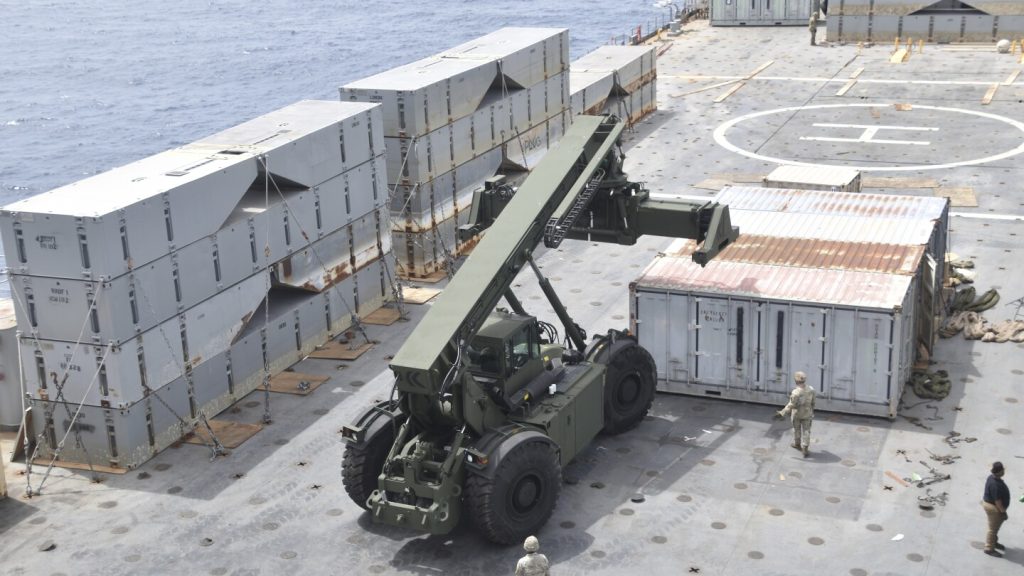The United States is working to set up on-the-ground arrangements in Gaza to provide humanitarian aid by early to mid-month. The aid will include food, treatment for starving children, and other urgent assistance, but it will only reach a fraction of the people in need in Gaza. The $320 million Gaza pier project, led by the U.S., aims to provide assistance to half a million people with the help of USAID coordinating security and distribution. USAID Administrator Samantha Power announced a $200 million investment to increase U.S. production of emergency nutritional treatment for starving children under 5 in regions affected by conflicts.
With the Israel-Hamas conflict entering its seventh month and Israel restricting humanitarian aid, half of Gaza’s 2.3 million people are at risk of famine, with children under 5 being the most vulnerable. The first deaths from hunger have been reported in northern Gaza, with hospital officials stating that most of the victims were children. USAID is working with the U.N. World Food Program, Israel, and other partners on security and distribution for the pier project as the U.S. military builds the floating pier for aid deliveries by ship. President Joe Biden announced the pier project in response to growing pressure to address the humanitarian crisis in Gaza.
The offshore assembly of the floating pier has been temporarily paused due to high winds and sea swells, causing unsafe conditions for military personnel involved in the construction. While the pier project aims to provide aid via a sea route, the United Nations has expressed a preference for land operations and highlighted the need to respect humanitarian principles of independence and neutrality. The challenges faced during the first aid delivery through a newly reopened land corridor into north Gaza underscore the ongoing security risks and uncertainties facing relief workers.
USAID Administrator Samantha Power visited a factory in Georgia to announce a $200 million investment to increase U.S. production of emergency nutritional treatment for starving children under 5. The nutrient-packed paste known as RUTF is critical for providing life-saving treatment to malnourished children. In Gaza, the paste is most urgently needed in the northern part of the territory, where civilians have been cut off from aid supplies and faced bombardment by Israeli airstrikes. Malnutrition rates among children under 5 have surged to alarming levels, requiring increased aid deliveries and sustained calm in the fighting to provide necessary treatment.
The official overseeing humanitarian operations in Gaza emphasized the urgent need for increased aid deliveries to save gravely malnourished children. Due to the fast rise in malnutrition rates, aid workers are struggling to reach all those in need, with many families unable to access care due to fighting and checkpoints. The official highlighted the importance of sustained calm in the conflict to allow aid workers to set up treatment facilities and families to bring children in for the necessary treatment. The situation in Gaza remains dire, with a significant portion of the population at risk of famine and in need of urgent assistance.


